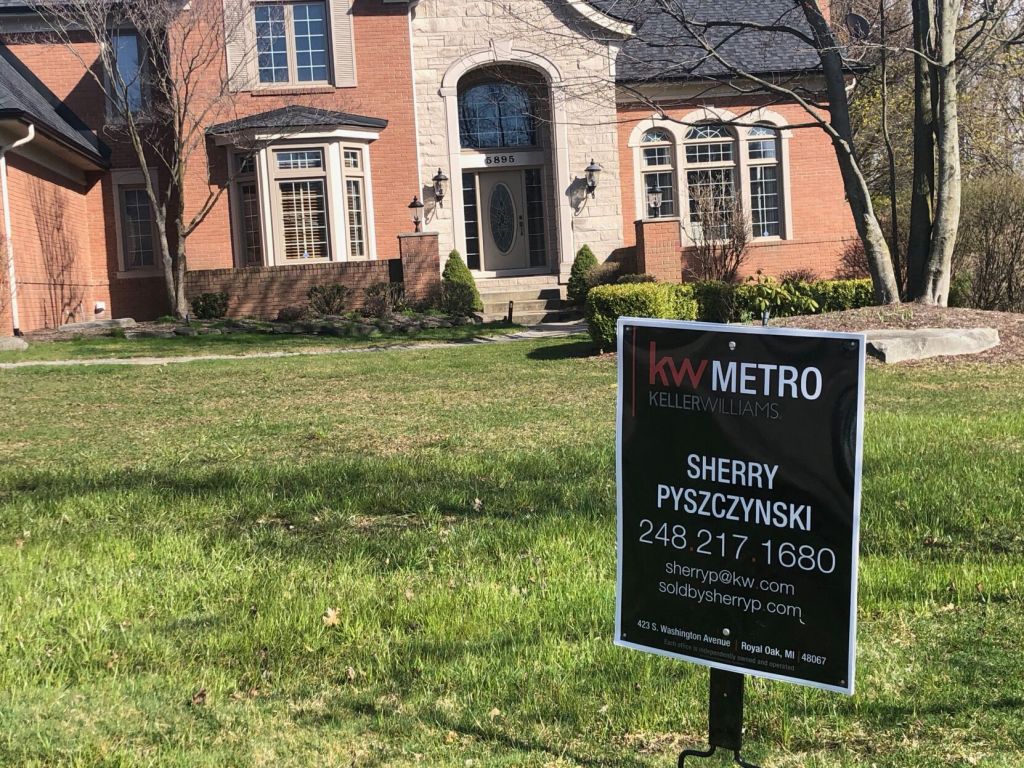A
rtificial intelligence is reshaping mortgage lending at a pace that outstrips traditional change. While it promises lower costs, fewer mistakes, and faster closings, the absence of robust oversight leaves bias and inequity as looming threats.
**Efficiency Gains**
Mortgage origination has long been mired in paperwork, manual checks, and slow handoffs. AI can scan pay stubs, bank statements, and credit reports in seconds, flag anomalies across thousands of files, and cut post‑close defects by 40–60 %. Funding timelines shrink by 3–5 days, and approval speeds can exceed twice the industry average. For borrowers, this translates to quicker decisions; for lenders, it means reduced operating costs and higher throughput in a margin‑tight market.
**Broader Access**
Traditional underwriting favors W‑2 employees, leaving self‑employed, contractors, and gig workers underserved. AI can evaluate cash flow, rental histories, and utility payments to build a richer risk profile. Fannie Mae and Freddie Mac’s adoption of VantageScore 4.0—incorporating rental and telecom data—could unlock up to $1 trillion in lending capacity and bring homeownership to an additional five million households. When combined with AI’s scale, this represents a significant leap in credit accessibility.
**The Bias Problem**
Historical housing data carry entrenched discrimination. Studies by Brookings and MIT show that automated models can undervalue homes in majority‑Black neighborhoods or penalize applicants with incomplete credit histories. Even without malicious intent, algorithms can perpetuate inequity if the rules they apply are unfair. While AI removes human prejudice, it also lacks the contextual judgment needed to question biased criteria.
**Regulatory Vacuum**
The Consumer Financial Protection Bureau, once the primary regulator of fair lending, has seen its authority eroded: its director was dismissed, operations paused, and funding slashed by nearly 50 %. No other agency currently holds the mandate to set clear AI‑underwriting standards. In this environment, lenders are left to self‑regulate. Some invest in fairness audits, bias testing, and explainability tools; others prioritize speed, assuming problems can be fixed later. Once harm occurs, reputational damage spreads rapidly, and the industry risks renewed scrutiny.
**A Fork in the Road**
If implemented responsibly, AI can make mortgage lending faster, cheaper, and more inclusive, benefiting millions of historically overlooked households. If mismanaged, it could entrench bias for decades. The choices made by lenders, policymakers, and tech providers will determine whether transparency, explainability, and fairness receive the same priority as cost savings and speed.
**Looking Ahead**
AI is already delivering measurable improvements in speed, cost, and borrower experience, but the regulatory framework remains unsettled and bias risks persist. The critical question is not just who is deploying AI, but who is overseeing it.
Coby Hakalir, a veteran of the mortgage industry for nearly three decades, currently heads the mortgage banking and tech division at T3 Sixty, a leading real‑estate consultancy based in Northern California. (Real Estate News operates independently from T3 Sixty.)














